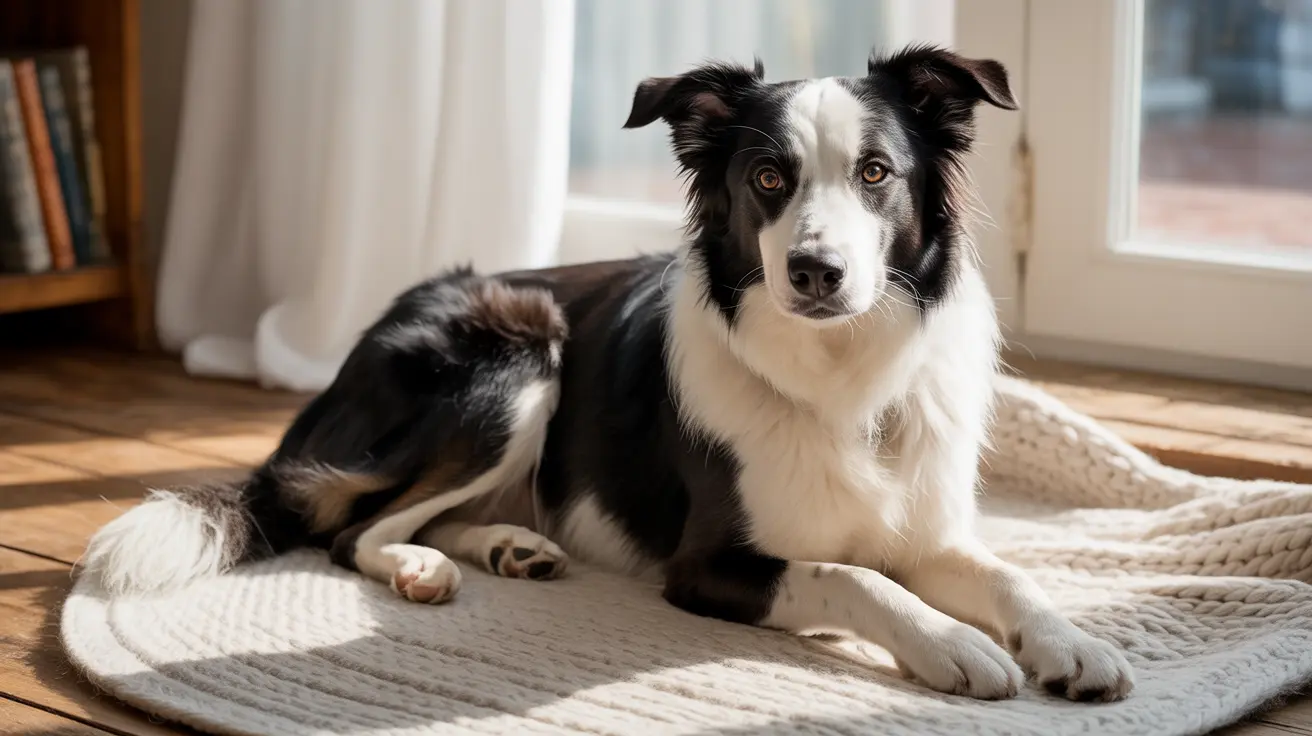The Comfort and Security Connection
Dogs often curl their paws as a sign of complete relaxation and comfort. This position allows them to create a snug, secure space for themselves, similar to how they might have cuddled with their littermates as puppies. When your dog tucks their paws while resting, they're usually indicating they feel safe and content in their environment.
This behavior also helps protect their sensitive paw pads, which contain numerous nerve endings. By tucking their paws underneath, dogs can shield these vulnerable areas while resting.
Temperature Regulation and Natural Instincts
One primary reason dogs curl their paws is to maintain body heat. This behavior is particularly noticeable during colder weather or when resting on cool surfaces. By tucking their paws under their body, dogs minimize the exposure of their extremities to cold temperatures, helping them stay warm and comfortable.
This instinctive behavior dates back to their wild ancestors, who needed to conserve body heat while sleeping in the open. Modern dogs retain this natural instinct, even when living in temperature-controlled environments.
Communication and Emotional Expression
Dogs may curl or lift their paws as a form of communication with their human companions or other animals. This gesture can indicate various emotions or needs:
- Anticipation of treats or attention
- Submission or politeness in social situations
- Mild stress or anxiety
- Request for interaction or play
Health Considerations and Warning Signs
While paw curling is typically harmless, certain situations warrant attention. "Knuckling," where dogs walk on the tops of their paws or drag them, differs from normal paw curling and may indicate:
- Neurological issues
- Joint problems or arthritis
- Muscle weakness
- Spinal cord conditions
If you notice any unusual changes in your dog's paw positioning or walking pattern, consult your veterinarian for proper evaluation.
Breed-Specific Tendencies
Some dog breeds are more prone to paw curling than others. This variation often relates to:
- Physical build and flexibility
- Genetic predisposition
- Natural body structure
- Traditional breed behaviors
Frequently Asked Questions
Why do dogs curl or tuck their paws when they are lying down or sleeping?
Dogs curl their paws while resting primarily for comfort, warmth, and security. This position helps them feel safe and relaxed while protecting their sensitive paw pads.
Can curling paws in dogs be a sign of warmth or comfort?
Yes, paw curling is often a clear indication that a dog is comfortable and trying to maintain body warmth. This behavior helps them conserve heat by minimizing exposure of their extremities.
How can you tell if a dog's paw curling is normal or a medical issue like knuckling?
Normal paw curling occurs during rest and relaxation. If you notice your dog dragging their paws, walking on their knuckles, or showing signs of discomfort, these could indicate medical issues requiring veterinary attention.
Do certain dog breeds curl their paws more often than others and why?
Yes, some breeds are more likely to curl their paws due to their body structure and flexibility. Breeds like Border Collies and Labradors often display this behavior more frequently than others.
What does it mean when a dog curls its paw to nudge or get attention?
When a dog curls or lifts their paw to nudge you, they're usually trying to communicate. This gesture often indicates a desire for attention, treats, or interaction with their human companion.
Understanding why dogs curl their paws helps us better interpret their needs and ensure their well-being. Whether it's for comfort, warmth, or communication, this natural behavior is just one of the many ways our canine companions express themselves.






